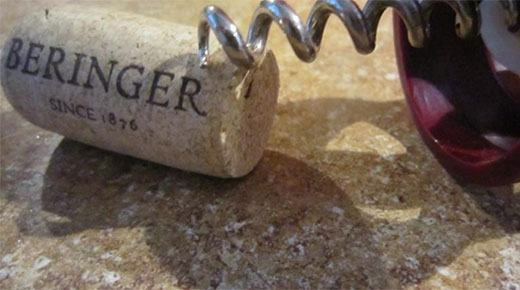Body
Retailers and brands convened in New York recently to experience the National Retail Federation’s Retail’s Big Show, and one of the biggest topics on attendees’ minds was technology. From automation to personalization to social marketing, the growing importance of technology in the shopping experience was definitely top of mind for retailers and brands, including those in the food and beverage space.
|
ADVERTISEMENT |
Here’s a look at how four food and beverage brands are incorporating digital tools to improve customer experience.
…
Want to continue?
Log in or create a FREE account.
By logging in you agree to receive communication from Quality Digest.
Privacy Policy.

Add new comment